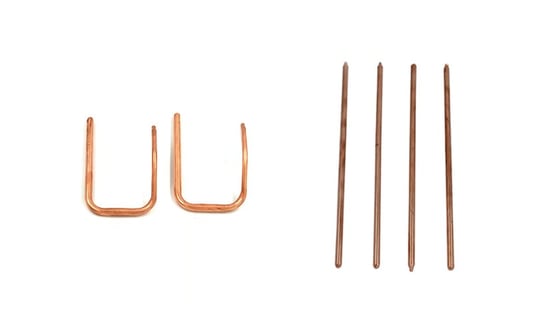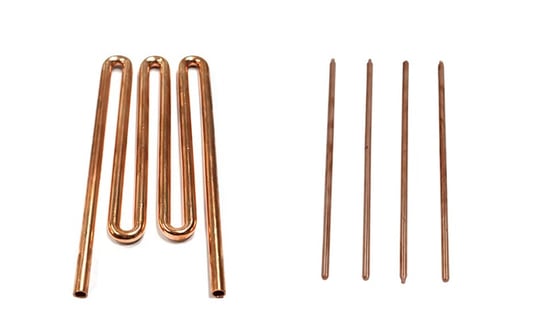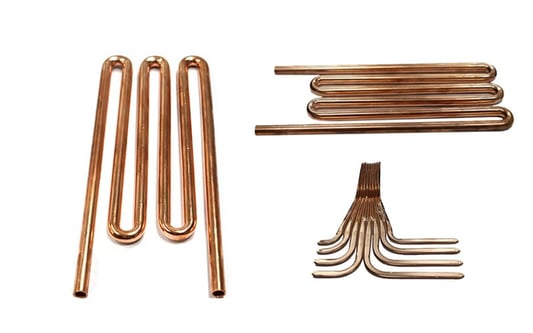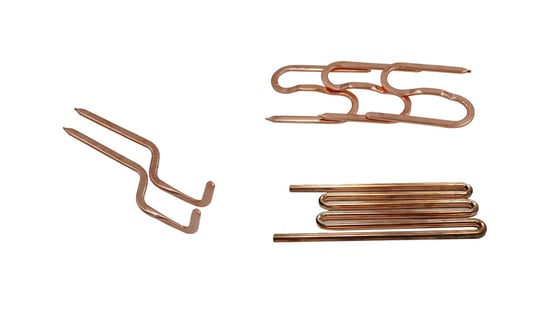Introduction to Heat Pipe SolutionsHeat pipe solutions are becoming increasingly popular in renewable energy systems due to their efficiency and cost-effectiveness. By using heat pipes, renewable energy systems can effectively transfer heat from one location to another without the need for external pumps or moving parts.How Heat Pipes Work in Renewable Energy SystemsHeat pipes work on the principle of phase change heat transfer, where a working fluid evaporates at the heat source and condenses at the heat sink. This cycle allows for efficient heat transfer over long distances, making heat pipes an ideal solution for renewable energy systems.Advantages of Using Heat Pipe SolutionsOne of the main advantages of using heat pipe solutions in renewable energy systems is their high thermal conductivity, which allows for quick and efficient heat transfer. Additionally, heat pipes are reliable, low maintenance, and have a long lifespan, making them a sustainable choice for energy systems.Applications of Heat Pipe Solutions in Renewable EnergyHeat pipe solutions can be used in a variety of renewable energy systems, including solar thermal systems, geothermal systems, and heat recovery systems. They are versatile and can be customized to fit the specific needs of different applications.Improving Energy Efficiency with Heat PipesBy incorporating heat pipe solutions into renewable energy systems, energy efficiency can be greatly improved. Heat pipes help to minimize energy losses during heat transfer, resulting in overall higher system efficiency and reduced energy consumption.Challenges and Considerations in Implementing Heat Pipe SolutionsWhile heat pipes offer numerous benefits for renewable energy systems, there are also challenges to consider. These may include system design complexities, material compatibility issues, and cost considerations. However, with proper planning and implementation, these challenges can be overcome.Comparison with Traditional Heat Transfer MethodsCompared to traditional heat transfer methods like conduction and convection, heat pipes offer several advantages. They have a higher heat transfer rate, can operate over longer distances, and are more compact in size, making them a preferred choice for renewable energy applications.Future Trends in Heat Pipe TechnologyAs technology continues to advance, Heat Pipe Solutions for Renewable Energy Systems are expected to evolve as well. Innovations in materials, manufacturing techniques, and design capabilities will further enhance the efficiency and effectiveness of heat pipe solutions.Environmental Benefits of Heat Pipe SolutionsIn addition to their energy efficiency benefits, heat pipe solutions also offer environmental advantages. By reducing energy consumption and increasing system efficiency, heat pipes contribute to a lower carbon footprint and a more sustainable energy future.ConclusionIn conclusion, heat pipe solutions play a crucial role in optimizing the performance of renewable energy systems. With their high thermal conductivity, efficiency, and versatility, heat pipes offer a sustainable and cost-effective solution for transferring heat in various renewable energy applications.Quote Inquirycontact us










